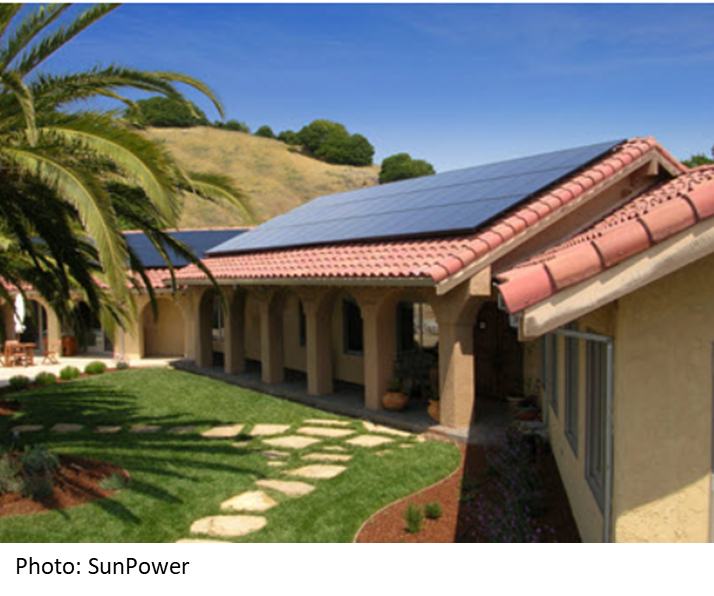Environment and Energy

California: A Solar Panel for Every Home
Written by Sandy Williams
May 12, 2018
The California Energy Commission voted unanimously last week to require solar panels for new homes beginning in 2020. Included in the plan are new single-family homes, condos and apartment buildings up to three stories high.
“Homes under the (new) standards will use about 50 percent less energy than those under the previous 2016 standards,” said CEC spokeswoman Amber Beck, “and greenhouse gas emissions would be reduced as if 115,000 cars were taken off the road.”
About 80,000 homes are built in California each year with approximately 15,000 equipped with solar panels, said the California Solar and Storage Association. The new requirement would mean another 65,000 solar homes would be built per year starting in 2020.
 Homes prices have been climbing in California and reached a median price of $619,500 in the San Diego area in March. The CEC estimates the mandate will increase the cost of housing construction for single-family homes by $10,538, although it expected to be closer to $20,000 per home in San Diego.
Homes prices have been climbing in California and reached a median price of $619,500 in the San Diego area in March. The CEC estimates the mandate will increase the cost of housing construction for single-family homes by $10,538, although it expected to be closer to $20,000 per home in San Diego.
The higher cost of construction would be offset by lower monthly utility bills, which CEC estimates will average a savings of $16,251 over the 30-year life of the home. Although affordability of housing has been an issue in California, the public supports the state’s efforts to reduce greenhouse gas emissions and improve air quality. CEC Commissioner Andrew McAllister added that the CEC is obligated to be sure that any new regulations for buildings are cost-effective.
“I think the free market in many ways has spoken and made solar a viable option,” said McAllister. “Our job as government officials is to balance the private and public interests. And there’s a clear public interest in cleaning up our air and reducing our greenhouse gas emissions. So that’s the direction we’re going.”
Solar employment fell 3.8 percent in 2017 after a robust year in 2016 as the maturing market experienced fewer sales of utility and residential solar installations. The industry was also nervous about looming solar tariffs. In January 2018, President Trump imposed tariffs of up to 30 percent on imported solar panels, a move that was opposed by most of the domestic industry due to fears that higher costs would harm the market. The industry depended on imports for approximately 80 percent of its parts.
The Section 232 tariffs will also play a role in construction costs with solar installers estimating the tariffs on imported steel and aluminum will add $100 to $200 to the cost of racking systems for homes.
“We’ve projected this for long enough and everybody’s comfortable with solar,” said McAllister. “It’s a mature market and it’s totally doable. The builders are ready and able and actually excited in many cases to build these high-performing solar homes.”

Sandy Williams
Read more from Sandy WilliamsLatest in Environment and Energy

Global Steel Climate Council certifies eight SDI, ASA HR products
GSCC certifies eight products from Steel Dynamics and Arkansas Steel Associates.

June energy market update
In this Premium analysis we examine North American oil and natural gas prices, drill rig activity, and crude oil stock levels. Trends in energy prices and rig counts serve as leading indicators for oil country tubular goods (OCTG) and line pipe demand.

EPA deregulation proposals win praise from steel advocates
Two industry groups are applauding two EPA proposals that would support domestic steel production.

Met coal receives critical materials status
The US Department of Energy (DOE) adds metallurgical coal to the nation’s list of Critical Materials, following its designation by US Secretary of Energy, Chris Wright’s announcement on May 22.

May energy market update
An analysis of the North American energy market in May.
